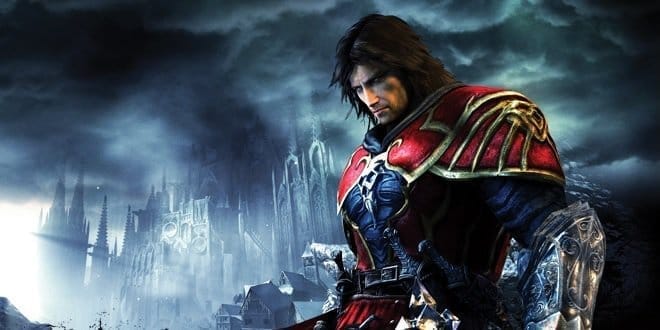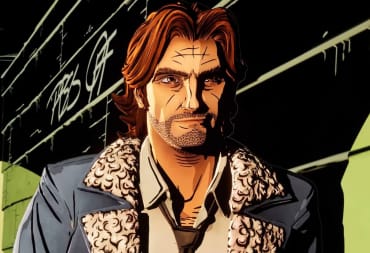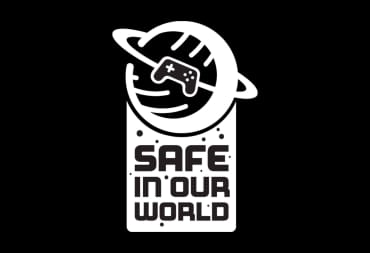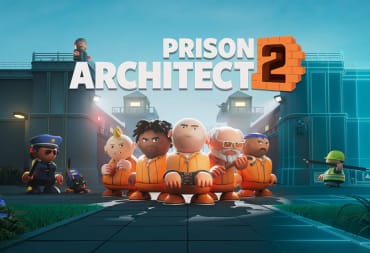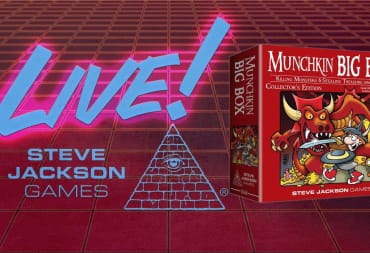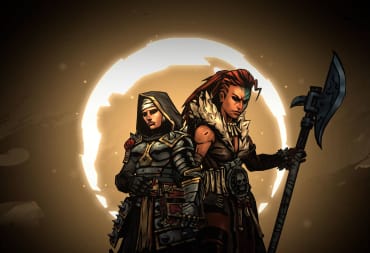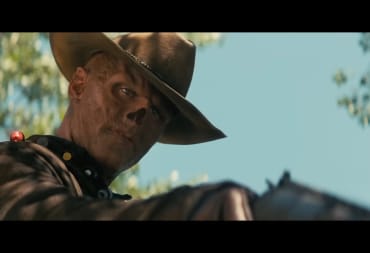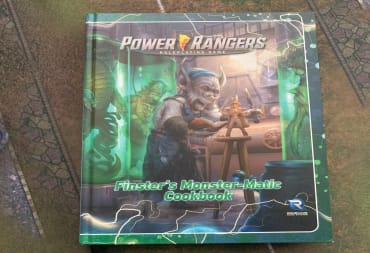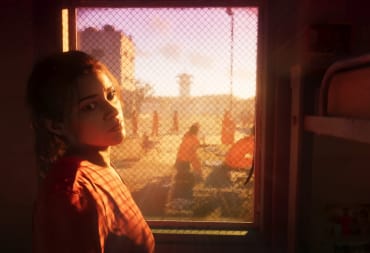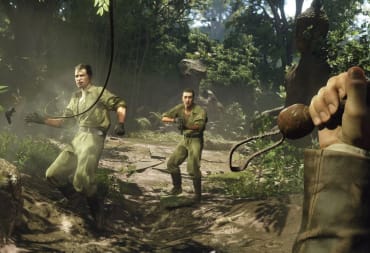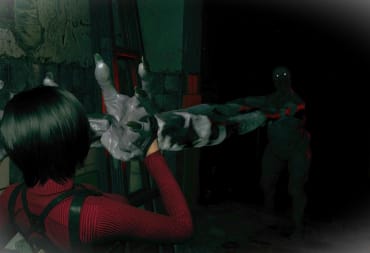Welcome to Underrated, a column that takes games that are arguably underrated by fans of the game's series and examines why they might not be as bad as you have heard. I'll go through the reasons why people may not like the game and reasons why the game deserves more praise than it gets.
When I first heard the news that Konami was attempting to do another 3D Castlevania game, I was none too excited. Historically, Konami has had a difficult time trying to bring the series into a 3D format in a manner that is satisfactory. Even today, most Castlevania fans prefer the 2D presentation and format of Castlevania games over any attempt at a 3D one -- a preference that has been much warranted over the years.
Konami's first 3D Castlevania was Castlevania on the Nintendo 64, a game that was very much Castlevania in spirit, but was very unrefined and lacking in execution. The game wasn't unplayable or horrible, but it did not prove to be a strong argument for moving to 3D when compared to its brother game, Castlevania: Symphony of the Night. Symphony of the Night showed gamers why, during a time when the gold rush to 3D gaming was red-hot, 2D games were still relevant and would continue to be. Inevitably, Castlevania on the Nintendo 64 faded into obscurity as following Castlevania entries continued down the branch started with Symphony of the Night.
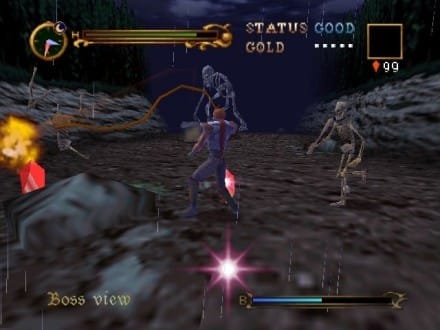
This is not to say that Konami didn't give 3D Castlevania another shot. Not long after, they would release Legacy of Darkness, Lament of Innocence, and Curse of Darkness, all of which improved on Konami's initial effort on the Nintendo 64, but none of them managing to transcend the heights (or even approach) most of the series' 2D iterations.
Most of the issues these games had boiled down to dull aesthetics, repetitive gameplay and level design, and somewhat difficult controls. For as refined as Castlevania had become in the second dimension, Konami couldn't quite figure out how to successfully move the series to the third dimension in the way that other developers managed to do during the '90s and last decade.
With such a rocky track record, its easy to see why I, and many other Castlevania fans, were apprehensive about the idea of another 3D Castlevania. To make this pill even harder to swallow for some, Konami also announced that the game would mark a reboot of the series, wiping the board clean of its previous lore built-up over two decades.
When the game finally came out, it received better reviews than it had gotten from any previous 3D release, much to my surprise. However, most vocal Castlevania fans were not on-board with the final product, disliking Lords of Shadow's lack of relation to previous Castlevania games and its departure from the storied gameplay formula of Symphony of the Night. But is the game really such a disservice to Castlevania or could it, perhaps, be the closest to classic Castlevania that the series has been in a long time? I think the latter is true and here's why:
(minor plot spoilers ahead)
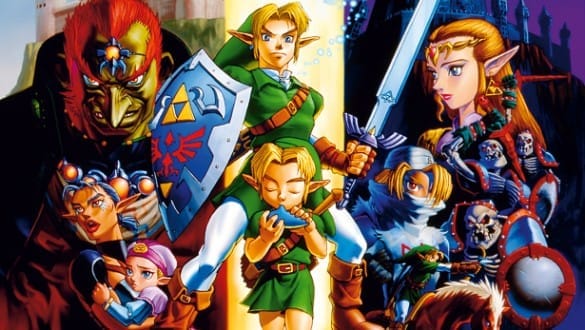
Konami was keen to this wane in the Castlevania series' fanbase and went to work on figuring out a way to revamp the series, choosing to have its studios go back to the roots of the series to make it fresh again. Lords of Shadow's producer, Dave Cox, even noted that his team referred to classic Castlevania games like the original Castlevania and Super Castlevania IV when they were designing the game. They wanted to do away with the "Saturday morning cartoon" flavor of the series and bring the story and setting into a darker shadow than it had been in. While the release of Lords of Shadow inevitably split the fanbase, there is no argument that fans who had previously fallen by the wayside and newcomers were not enticed to give the game a try.
Perhaps the biggest lesson with Castlevania: Lords of Shadow is that sometimes the answer to reviving an ailing franchise is not to endow it with more complexity or take the gameplay into a new direction, but rather to return to the roots of the series and rediscover why people loved the series in the first place. So many video game franchises out there fall into the trap of complacency and not doing much to make a game series remain fresh until it is nearly too late to fix the damage. The constant stream of annual sequels that currently make up the large bulk of the mainstream is the biggest example of this attitude that publishers hold — and continue to hold despite the fact that over the last ten years, we've already witnessed the deaths of many legacy studios and game series as a result of complacent behavior.
While I won't go as far as to say that the Castlevania series is saved from its past troubles, Konami at least managed to give the series a new lease on life for the next few years. While I'm sure there are many fans who would love to return to the Symphony of the Night format that the series had previously clung to with a death grip, it is for the best that the series has made an inroads towards moving forward and refusing to stagnate. For better or worse, the Castlevania series lives to release another game.
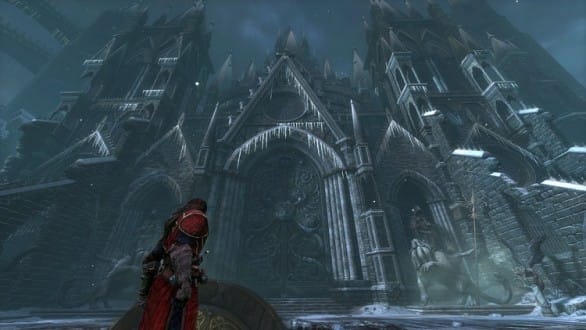
Have a tip, or want to point out something we missed? Leave a Comment or e-mail us at tips@techraptor.net
